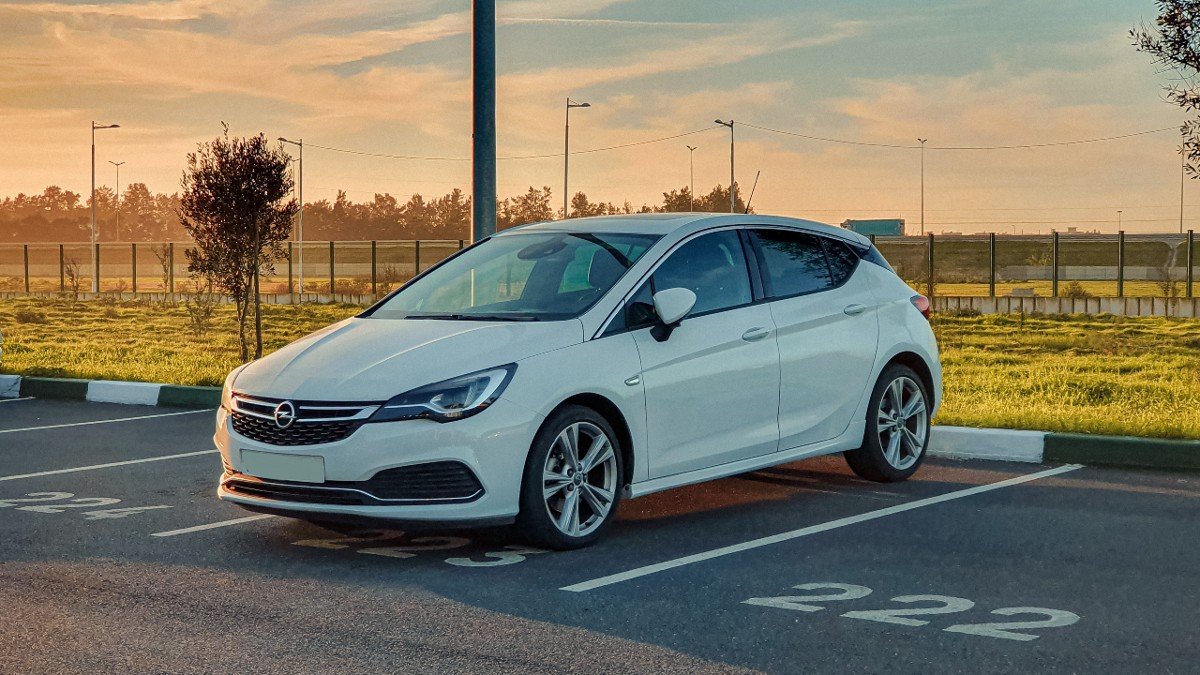You may have heard of or read about Opel TwinPort Technology and had no idea what it means. Fret not, as there are many others in your shoes. In this article, we’ll explain what Opel/Vauxhall’s Twinport Technology is. Trust us to explain in simple terms that a layman will understand.
Opel/Vauxhall Twinport Technology uses a variable intake manifold system to optimize a car’s engine speed and torque. There are several benefits of this technology that will be discussed below.
People that aren’t familiar with the inner workings of a car’s engine may find it difficult to understand the twinport technology. We are aware of this and have made efforts to simplify everything as much as we can. Below, you’ll learn about how internal combustion engines work, the Opel/Vauxhall technology, the effects of the technology, and the benefits it offers car owners. Continue reading to learn more about
Understanding How Internal Combustion Engines Work
For a good understanding of Twinport technology, we have to start with the basics of how internal combustion engines work.
Every internal combustion engine, no matter how small or big, requires two basic things to function, and that’s air and fuel. It’s the mixture Aa air and fuel that’s ignited in the cylinder to generate power.
Air and fuel don’t just randomly mix in the cylinder. There are tubes and valves that guide them into the cylinder for ignition. The air intake system is especially important in the functioning of an internal combustion engine as it’s responsible for collecting air and directing it into the combustion chamber.
Air passes from the intake tube to the throttle body through resonator chambers which are essentially ’empty bottles’ that are designed to absorb and cancel out vibrations in the air stream. With the vibrations canceled, air can flow freely to the throttle body.
After passing through the throttle body, the air then goes into the intake manifold, a series of tubes that supplies air to the cylinders through the intake valves. The intake manifold has different designs, with the most simple ones using the shortest route to deliver air to the cylinders. Complex manifold designs may use multiple routes depending on the engine speed and load.
The Opel/Vauxhall Twinport Technology
The Opel/Vauxhall Twinport technology is a type of variable intake manifold system (VIM). Remember we mentioned that some various designs have multiple routes depending on current engine speed and load? VIM is one such design. By varying the length of the intake tract, VIM can optimize power and load across several engine speed operations. The fuel economy will also improve.
Two intake manifolds connect to the cylinder in the Twinport technology. Each manifold has two separate take ports that are controlled by a valve, and this is why the design is named ‘Twinport,’ which basically means two ports.
One of the manifolds has a short path and is used when the vehicle is operating at full engine load. The other manifold has a longer part and becomes active at a lower load.
Twinport Technology is basically Oppel/Vauxhall’s version of the VIM design that comes in Oppel and Vauxhall cars.
Main Effects Of The Twinport Technology
There are two main effects of the Twinport technology, and they are:
Swirl
Having a VIM system can speed up the air entering the combustion cylinder resulting in a swirl pattern or turbulence in the chamber. This swirling motion brings about a homogenous mixture of air and fuel and makes the combustion process more efficient, resulting in a lower risk of engine knocking.
Pressurization
A VIM system can also increase the pressure in the combustion chamber, resulting in better engine output, especially when the intake air speed is high.
Why Is Opel Called Vauxhall In Some Markets?
Both Opel and Vauxhall are subsidiaries of General Motors. The two used to be separate companies until their acquisition by General Motors. Initially, both Opel and Vauxhall developed different car models until the 80s, when the Opel and Vauxhall vehicles became so similar that it didn’t make sense to sell them together. Now, the Vauxhall brand is mainly focused on the UK, while the Opel brand focuses on regions outside the UK.

Benefits Of The Opel/Vauxhall Twinport Technology
If you’ve been paying attention to all we’ve been discussing above, you’d be able to mention some of the benefits of the twinport technology, which are listed below:
Higher RPM
One of the main advantages of the Twinport technology is the increase it can provide in the engine’s RPM (revolutions per minute). RPM is all about the speed of operation of a car’s engine, and a higher RPM translates to more power and speed. So in cars with twinport technology, stepping on the gas pedal to accelerate the vehicle will result in the engine generating the needed RPM to efficiently reach the speed and torque required.
Better Fuel Economy
We mentioned somewhere above how twinport technology can improve fuel economy, and we’ll discuss this in detail here. The twinport technology allows the required amount of air needed for combustion at varying speeds. So when you are traveling at lower speeds, less air will be allowed into the cylinder and vice versa. The result of this is that only the required amount of fuel and air is combusted, resulting in better fuel economy.
Lower Carbon Emissions
When your engine has a better fuel economy, the carbon emissions it provides will also reduce. This is especially important to people who care a lot about the environment. Lower carbon emissions are always a good thing, and cars with twinport technology can generate less of them thanks to their improved fuel economy.
Increased Engine Lifespan
While there are several factors that determine the longevity of a car engine, the twinport technology can play an important part in increasing engine lifespan. This is because the technology brings about an efficient combustion process that reduces the likelihood of the engine knocking.

